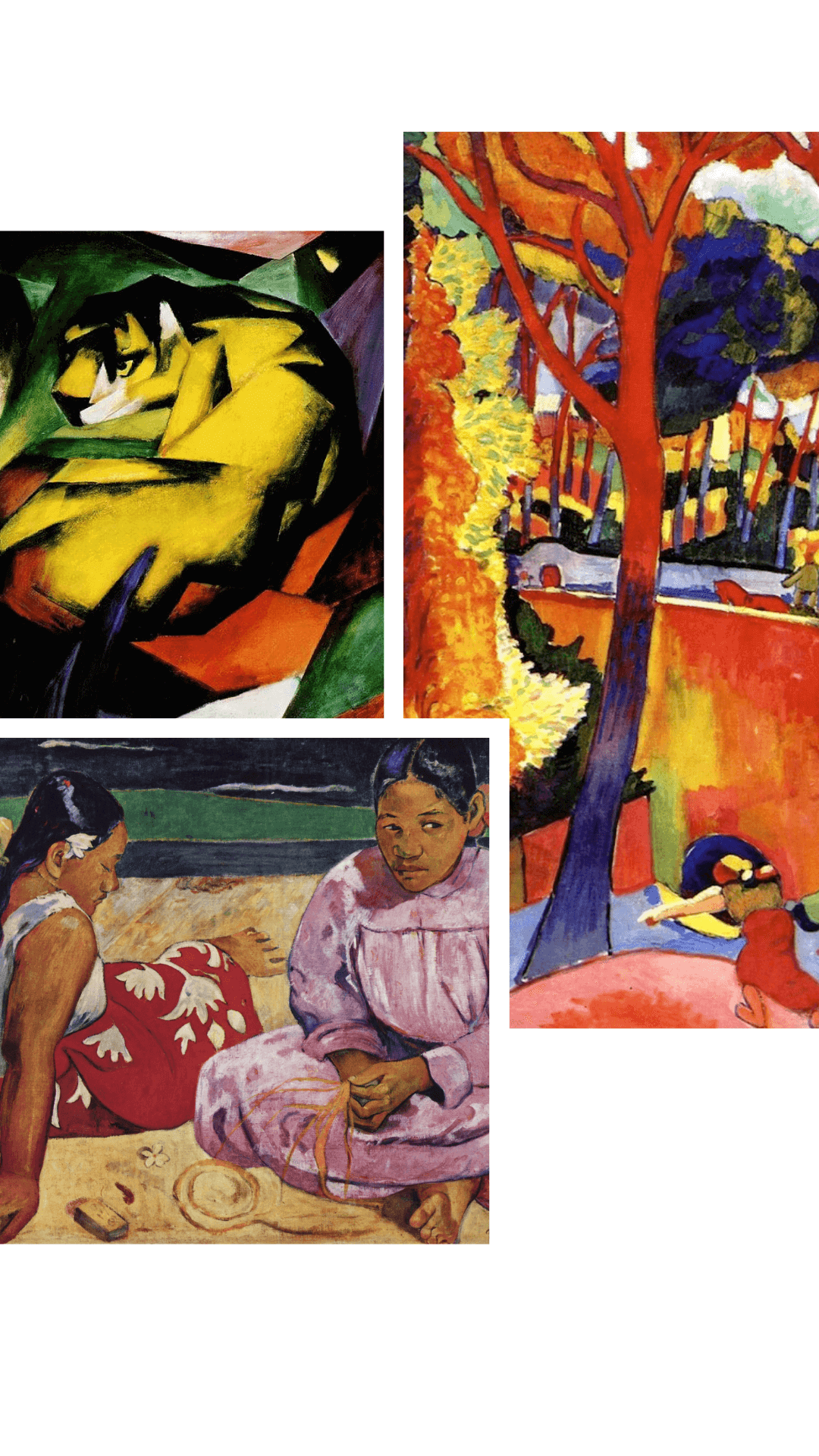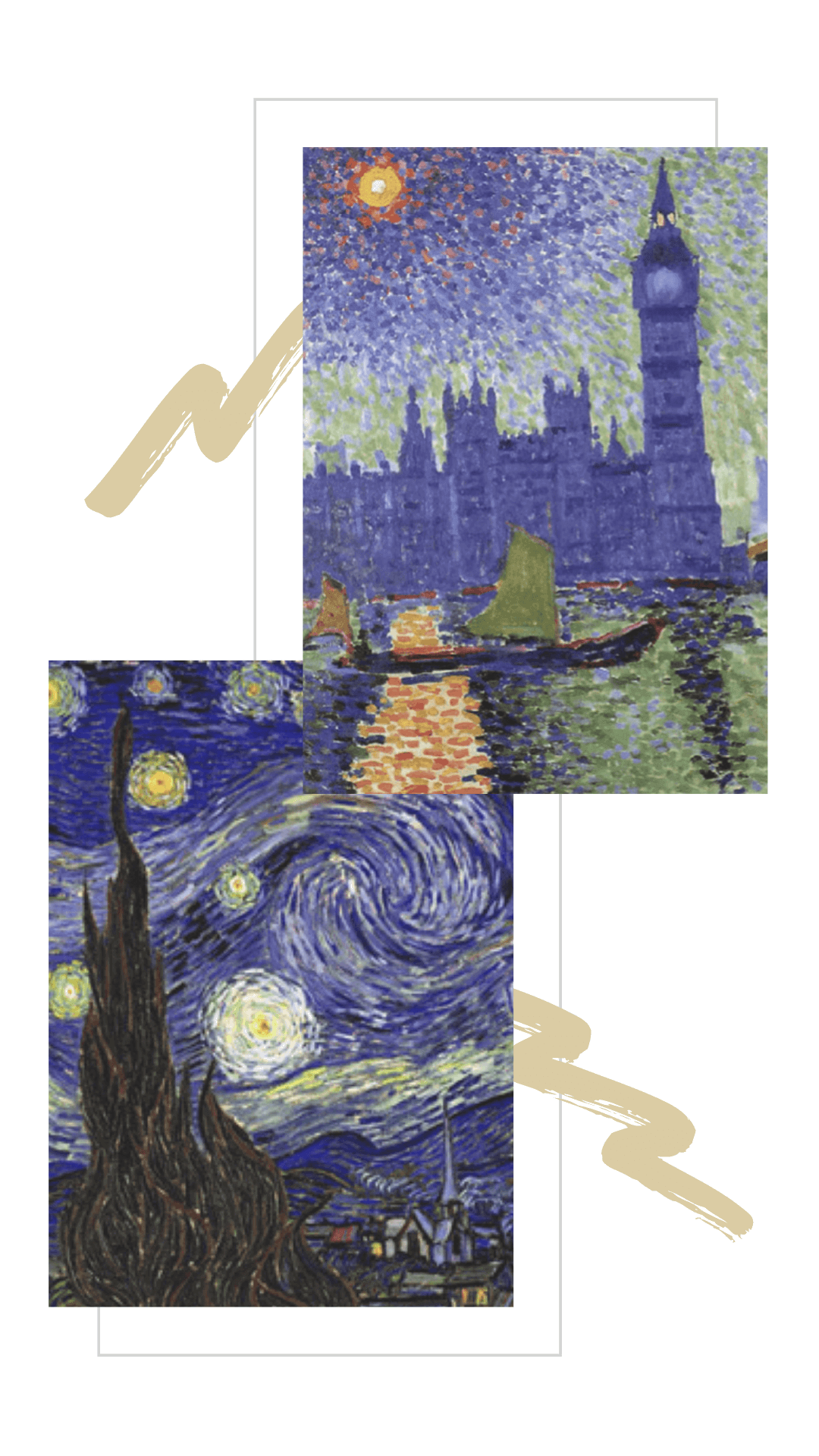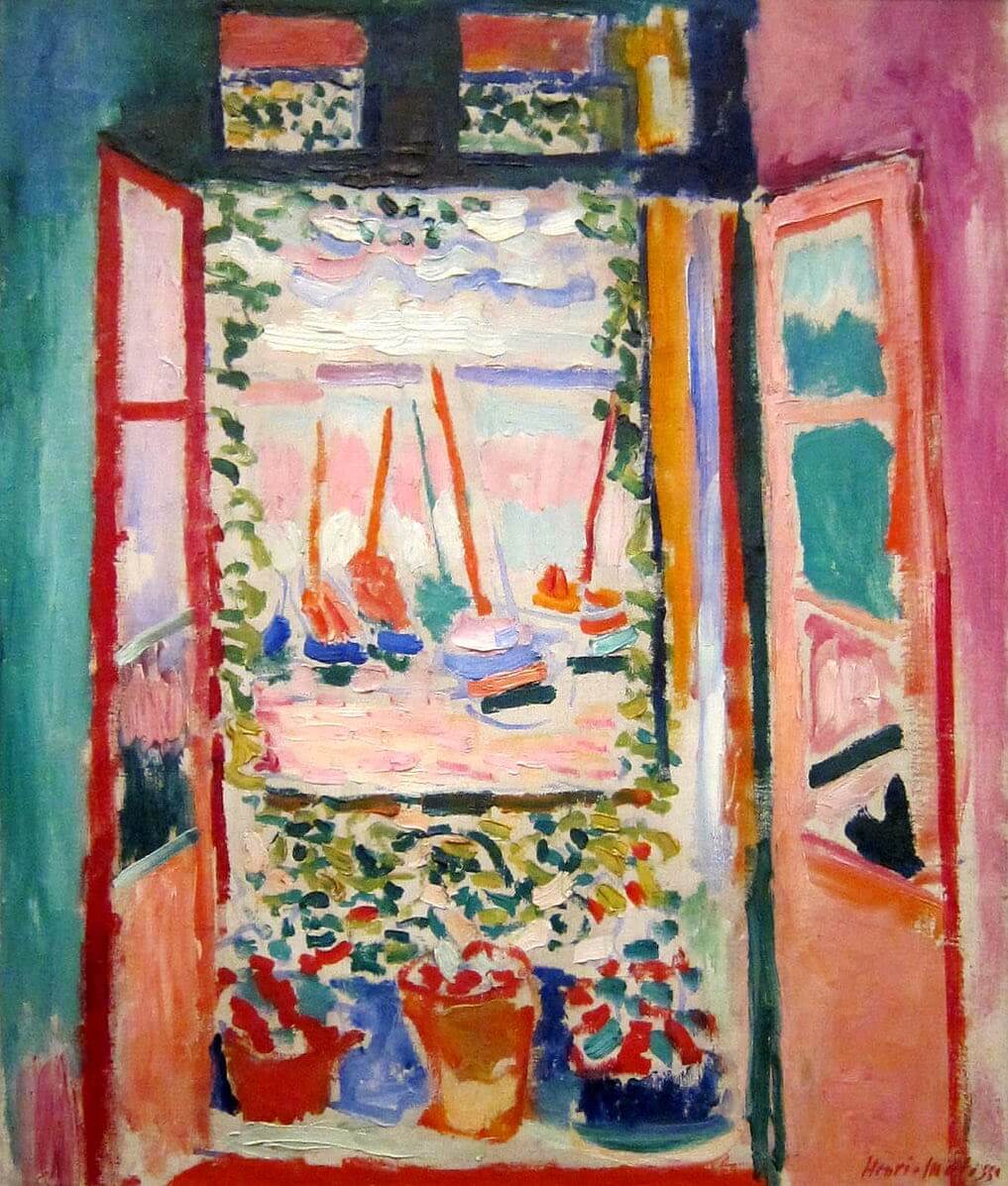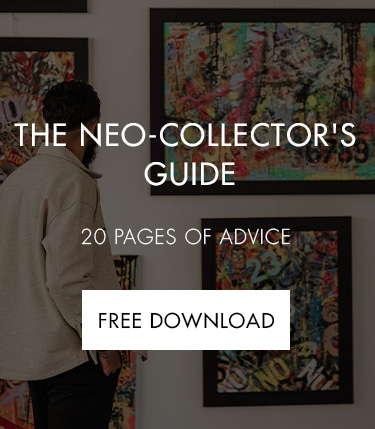CÉZANNE AND GAUGUIN AT THE ORIGINS OF THE FAUVES
"The candor of this bust surprises in the middle of the orgy of pure tones: Donatello among the wild beasts (Fauves)."
It is, in these words, that the critic of Art Louis Vauxcelles gives its name to Fauvism.
He wrote in the daily newspaper Gil Blas, on the occasion of a visit to the “Salon d'automne” in 1905, in which a classicist sculpture of a certain Albert Marque (1872-1939) stands.
The latter is presented in a room gathering many artworks in very bright colors, scratched by Charles Camoin, Hippolyte Flandrin, Georges Rouault and Henri Matisse.
It is, in these words, that the critic of Art Louis Vauxcelles gives its name to Fauvism.
He wrote in the daily newspaper Gil Blas, on the occasion of a visit to the “Salon d'automne” in 1905, in which a classicist sculpture of a certain Albert Marque (1872-1939) stands.
The latter is presented in a room gathering many artworks in very bright colors, scratched by Charles Camoin, Hippolyte Flandrin, Georges Rouault and Henri Matisse.



















